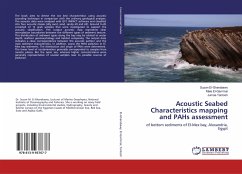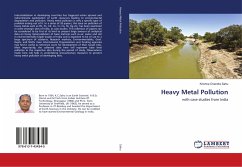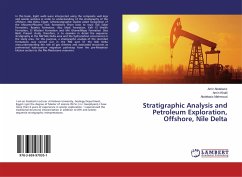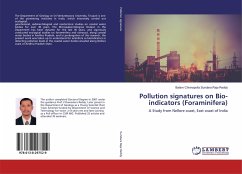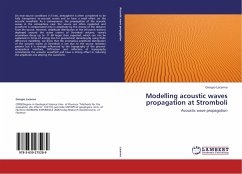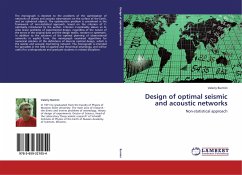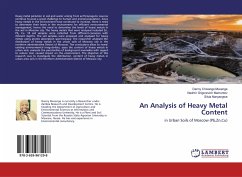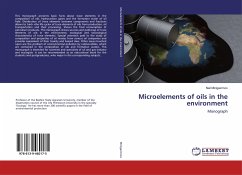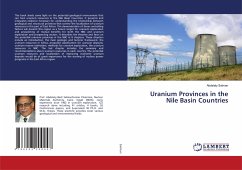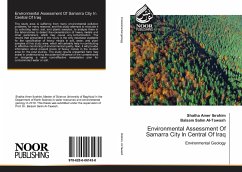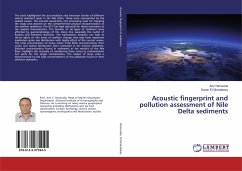
Acoustic fingerprint and pollution assessment of Nile Delta sediments
Versandkostenfrei!
Versandfertig in 6-10 Tagen
51,99 €
inkl. MwSt.

PAYBACK Punkte
26 °P sammeln!
The book highlighted the accumulation and extension border of different marine sediment types in the Nile Delta. These were represented by five seabed classes. The acoustic equipment and processing used for mapping the study area depend on the comprehensive physical characterization of the seafloor sediments. The QTC has high potential for detect boundary of the seabed characteristics. The borders of all types of sediment were affected by geomorphology of the shore line especially the outlet of Rosetta and Damietta Branches. The bathymetric datasets can help to throw lights on the areas of sea...
The book highlighted the accumulation and extension border of different marine sediment types in the Nile Delta. These were represented by five seabed classes. The acoustic equipment and processing used for mapping the study area depend on the comprehensive physical characterization of the seafloor sediments. The QTC has high potential for detect boundary of the seabed characteristics. The borders of all types of sediment were affected by geomorphology of the shore line especially the outlet of Rosetta and Damietta Branches. The bathymetric datasets can help to throw lights on the areas of seafloor change that may have important implication grain size distribution with highly effect of the current waves. The total concentration of heavy metal; total PAHs concentrations; their origin and spatial distribution were evaluated in the surface sediments. Elevated concentrations found in sediments at the mouths of the Nile River; highlight the necessity of considering these zones as contamination hot spots for the target contaminates. The impact of large cities is demonstrated by the high concentrations of the pollutants found in their offshore sediments.



